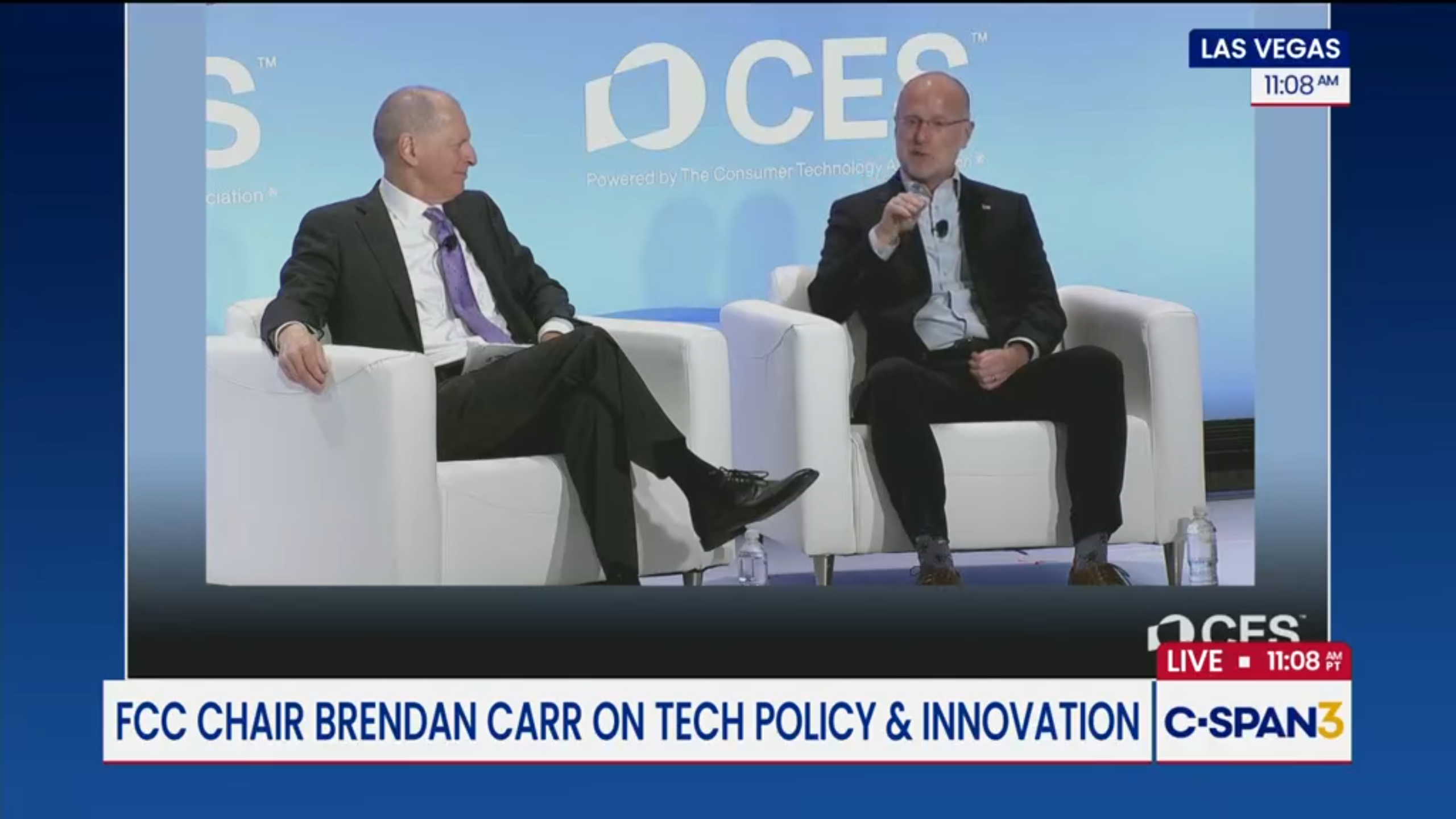YouTube connects with TV in London
The importance of a full TV service for YouTube’s future competitiveness in the expanding OTT video marketplace has been spelled out by Francisco Varela, the company's global director of platform partnerships.
Speaking at the TV Connect show in London last week, Varela pointed to version 4 of YouTube’s TV app, along with implementation of its Discovery and Launch (DIAL) protocol, as key steps that would transform the YouTube TV experience over the coming year.
Varela admitted that YouTube’s original TV experience, delivering only standard definition, was no longer satisfactory, even though generally improved bandwidth and QoS techniques had reduced buffering problems. Navigation was also lagging behind, relying on search via onscreen keyboard, which Varela admitted “drives you mad”.
Version 4 of the TV app aligns the service more with traditional linear TV, using just the four basic navigation keys of remote controls. “It’s designed to get you to the video as quickly as possible,” Varela told visitors at TV Connect. There is a danger though that YouTube will get left behind again if the traditional remote control is replaced by apps running on smartphones or tablets using touch screen control.
For quality YouTube has turned to adaptive bit rate streaming (ABRS), which was adopted for its desk top player in 2012 and will be extended to smart TVs and mobile devices this year. This reduced buffering by an average 20 percent for PC viewing according to YouTube, without any change in bandwidth, by allowing transmissions to switch to a lower resolution bit stream if bandwidth drops, avoiding the need for a pause to reload the buffer.
OTT providers like Netflix and Hulu have used adaptive streaming for some time but YouTube was hampered by the fact that most of its content has been short form, typically lasting only a minute or two. While Netflix and Hulu could afford to start streams off at a low bit rate while the client buffer filled up and then ramp up to the maximum resolution that the available bandwidth could sustain many seconds later, YouTube clips were often virtually over by then. This meant that the price paid in terms of video resolution for reducing buffering was too high, with the overall Quality of Experience arguably no better.
YouTube needed to adopt a different approach to ABRS, even though it uses the same underlying technology. First, it starts off at a higher resolution to “hit the ground running," which does mean there is slightly higher risk of encountering buffering early on in the playback than with the approach typically used for longer form video. But to keep buffering to a minimum, YouTube monitors the client’s available bandwidth and also the scope of the Player currently rendering the playback, in order to optimize use of the bit rate and ensure that there is a sufficient head of video in the cache to protect against a temporary bandwidth drop. If, for example, a user switches from full screen to a small window, this will be detected and the resolution can fall back to allow the buffer to fill up more.
The professional video industry's #1 source for news, trends and product and tech information. Sign up below.
At the same time, YouTube is hoping to distribute more longer form content itself, and then ABRS can be executed more like Netflix or Hulu, ramping up the quality as the buffer is filled.
